Some see telescope as an opportunity for science education
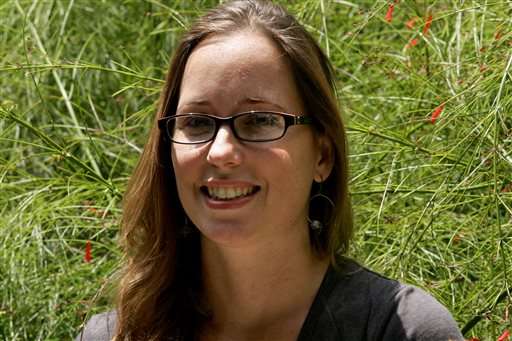
Before going up to Mauna Kea's summit on Hawaii's Big Island, Heather Kaluna makes an offering to Poliahu, the snow goddess of the mountain. She holds it sacred, as do other Native Hawaiians.
The mountain holds another important place in her life: Poised to be the first Native Hawaiian to get an astronomy doctorate from the University of Hawaii, she uses the mountain to gaze at the stars.
The two aspects of her identity have collided as protests have erupted in recent weeks over the construction of one of the world's largest telescopes atop the mountain, pitting her against many in her community and even her own family.
"It's definitely hard not to feel torn," said Kaluna, 31. "I respect their beliefs but at the same time I think there are a lot of voices not being heard at the moment."
Some opponents describe fighting the telescope as an "awakening," an issue Native Hawaiians can band together against. But their reasons vary, from preventing Mauna Kea's desecration to preserving culture to curbing development.
For some, however, the telescope represents an opportunity to get Native Hawaiian children interested in science, technology, engineering and math—areas that they've lagged behind.
"If you give kids opportunity, give them education, who knows what's possible. We need all the help we can get," said Richard Ha, a Native Hawaiian farmer on the Big Island who has long been supportive of the telescope.
Native Hawaiians make up about 23 percent of the state's population. A push by the University of Hawaii has resulted in 12 percent of STEM majors at its three four-year campuses being Native Hawaiian, up from 9 in spring 2009.
During the early years of the $1.4 billion Thirty Meter Telescope project's planning, officials met with Big Island residents and heard there was a desire for more high-tech jobs and education, said telescope spokeswoman Sandra Dawson.
"It became clear to us that supporting STEM, we can train kids and then hire them," she said.
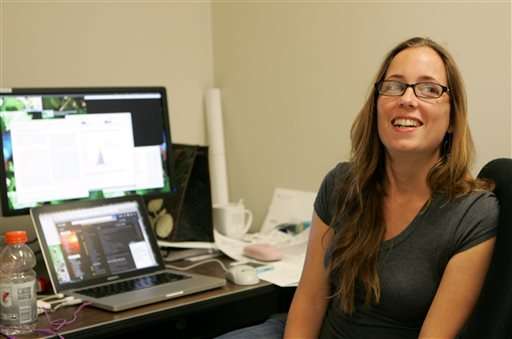
In November, the telescope launched the Hawaii Island New Knowledge Fund for STEM education. The fund will contribute $1 million annually for the 19-year Mauna Kea sublease with the University of Hawaii.
The money is given to two foundations, which distribute the money to schools and nonprofit organizations. The $1 million was recently awarded, but telescope officials held off on announcing the winners.
"Everybody was afraid it would get lost in all the shouting," Dawson said.
The remaining funds will be disbursed as long as the project is under construction or in operation, she said.
Telescope opponent Kealoha Pisciotta calls the fund "buy-off money" that will cost Hawaiians their culture. "The money they've offered is really too little, too late," she said.
Construction began last month on Mauna Kea's summit after seven years of environmental studies, public hearings and court proceedings. The University of Hawaii leases the land from the state and subleases it to TMT.
Astronomers revere the site because its summit at 13,796 feet is well above the clouds, and provides a clear view of the sky for 300 days a year. There's also very little air and light pollution.
Native Hawaiians don't oppose the telescope itself but strongly disagree with its location atop the dormant volcano. A lawsuit challenging the project's construction permit is pending before a state appeals court.
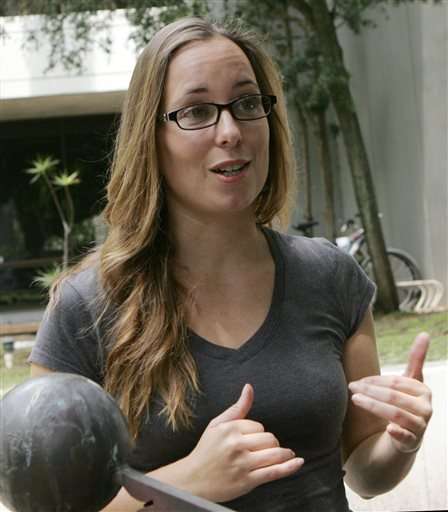
"Aspiring to be an astronomer is a wonderful thing," said Kehau Watson, owner of Honua Consulting, which focuses on conservation and community engagement. "But the telescope is not the issue."
Its location and the process by which it was approved was the problem, she said.
The protests haven't dampened Mailani Neal's passion for astronomy. The Native Hawaiian high school senior at Hawaii Preparatory Academy started an online pro-telescope petition.
She was introduced to astronomy while a seventh grader at Kamehameha Schools in Honolulu, learning about Polynesian voyaging and how Hawaiians navigated using the stars.
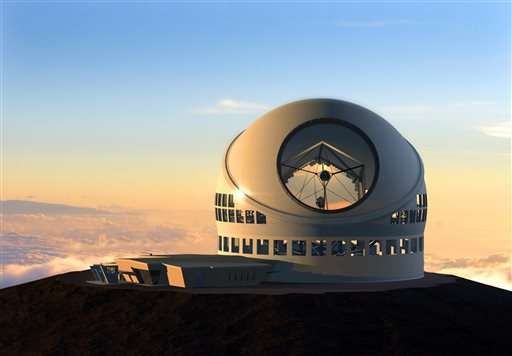
After graduation, she's headed to Rensselaer Polytechnic Institute in Troy, New York, where she plans to major in applied physics with a concentration in space science.
Someday, she'd like to return to the Big Island and work at the telescope.
"I really love the Hawaiian culture ... but at the same time, I'm a scientist. I was really torn," she said. "I kind of realized that I can use this telescope to be a connection between my cultural side and the scientist in me."
-
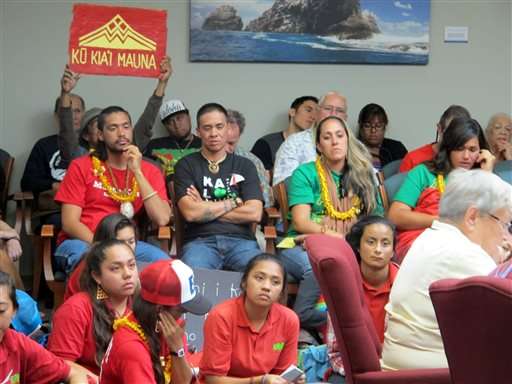
In this April 30, 2015 file photo, People crowd into an Office of Hawaiian Affairs boardroom in Honolulu for a meeting about building the Thirty Meter Telescope near the summit of Mauna Kea, which many Native Hawaiians consider sacred. Some opponents of the construction of one of the world's largest telescopes describe fighting the telescope as an "awakening," an issue Native Hawaiians can band together against. But their reasons vary, from preventing Mauna Kea's desecration to preserving culture to curbing development. (AP Photo/Jennifer Sinco Kelleher, File) -
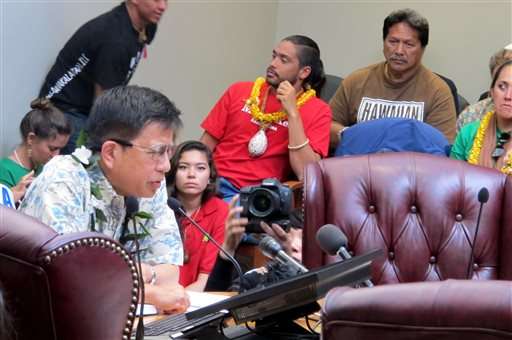
In this April 30, 2015 file photo, University of Hawaii law professor Williamson Chang testifies against the Thirty Meter Telescope project during an Office of Hawaiian Affairs meeting in Honolulu. Some opponents of the construction of one of the world's largest telescopes describe fighting the telescope as an "awakening," an issue Native Hawaiians can band together against. But their reasons vary, from preventing Mauna Kea's desecration to preserving culture to curbing development. (AP Photo/Jennifer Sinco Kelleher, File)
© 2015 The Associated Press. All rights reserved.

















